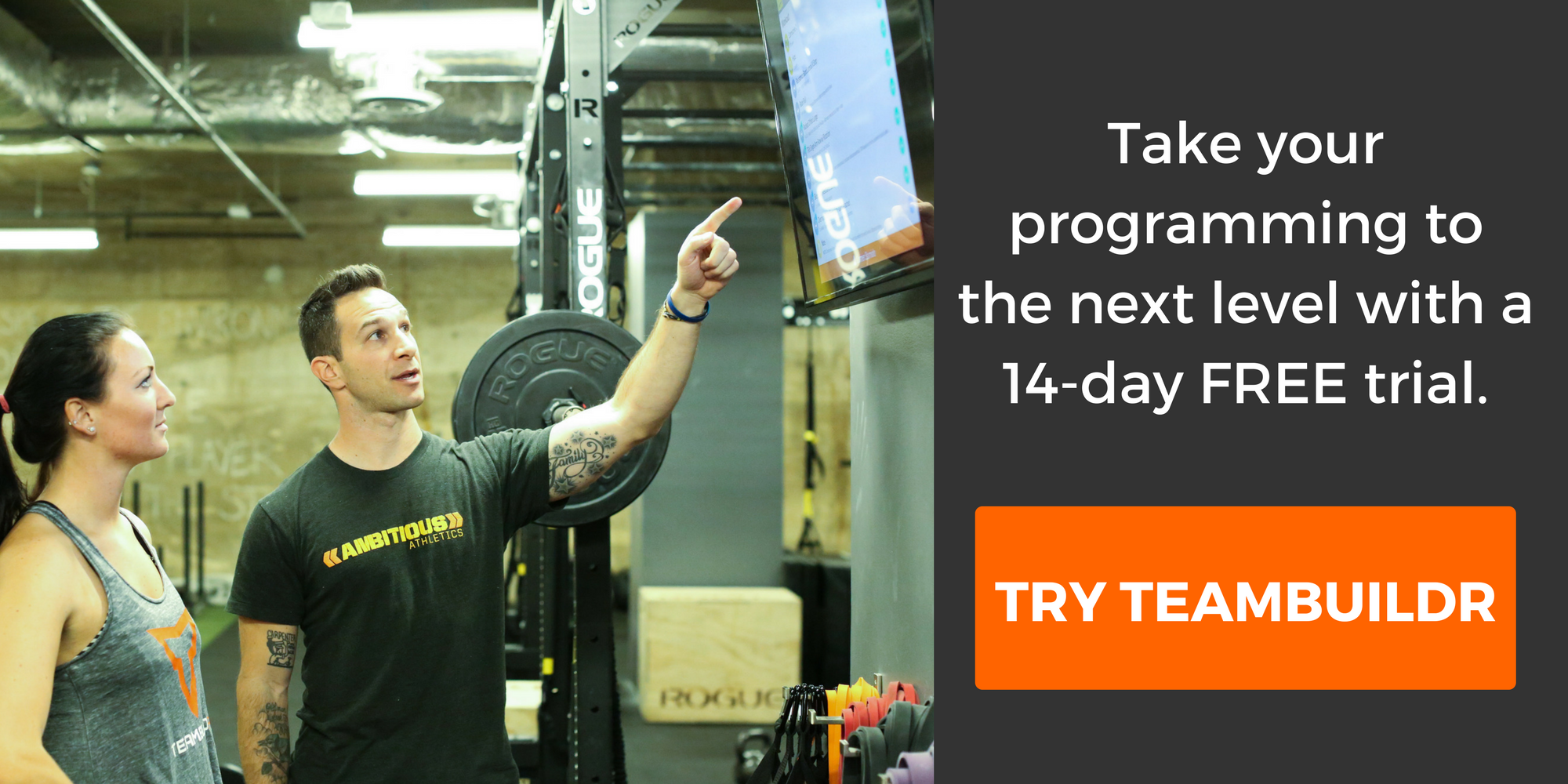In part 1 of this series, we discussed the basics of creating a strategic plan to develop your dream weight room that best suits your population and your plan to train your athletes and students.This time around, we are going to discuss the different steps you should take when remodeling or building your dream weight room, and how to start your strategic plan on great footing (i.e. flooring).
By now you should have given a lot of thought to analyzing the purpose of your weight room and the needs that you, your population, and your facility have to meet the purposes you have identified. If you need to review my suggestions on defining the purpose of your facility and conducting a needs assessment, please navigate to part 1 of this series.
Moving forward, we have two very divergent paths that each of us will take when designing the facility that meets all of our needs and dreams. For a large segment of those reading this article, you will have to remodel or redesign your weight room or training facility because the budget for your facility will not allow for new construction. A fortunate few, myself included, will have the opportunity to build a new facility although budget restrictions will always put limits on what you can and will do in your new build. Collectively, we can all follow this basic plan for remodeling or building your dream weight room or training facility.
Don’t waste time or energy on the things you can’t control such as facility size or placement.
If you have the ability to determine exactly how big your facility is going to be and exactly where it is placed without answering to anyone else, then you are higher on the food chain than most of us that will read this article. Some of you like myself will be asked for input, but the final decision will rest with someone with a bigger desk than yours. So, identify what you can and can not control, don’t sweat things that you can’t change such as size of the room, etc.
Start with a Blank Slate
Start with a basic drawing of your weight room as a blank slate. No equipment just walls and measurements. If you are building a new facility, then obviously an architect will be involved so you can work off of those plans, but if you are remodeling your own room, then use an app such as MagicPlan on the iPhone to quickly measure and map your space.
Brainstorm Ideas and Visualize
Stand in your room and see it as an empty space. Start to visualize where you would place equipment and what equipment you would want and need if you were starting from scratch. Now perhaps you aren’t starting from scratch, but I think it is valuable to have that vision of exactly what you would want if you could afford anything. Ask yourself this one crucial question: “How can we safely utilize as much of this space as possible?”
Consider Professional Guidelines
I highly encourage you to visit the NSCA Strength and Conditioning Professional Standards and Guidelines document that you can find here. Specifically, look at Standard 4: Facility & Equipment Set-Up, Inspection, Maintenance, Repair, and Signage. This standard gives you some great guidance on safety, utility, and all manners of facility management.
Enlist the Help of Professionals
Many of the strength training and conditioning equipment companies vying for your business have any number of great tools, graphic designers, and brilliant minds to help you turn your vision from something in your mind into a design that you can see on paper. For example, I found the help of the great people at Sorinex and Legend Fitness to be crucial in helping me put my vision on paper.
Be Flexible
In a remodel or a new construction project, you are going to have roadblocks. If you have a mindset of flexibility and creativity going into the project, then you are going to be able to handle the inevitable roadblocks you will face more productively.
Never Miss a Post. Get the Latest from TeamBuildr Delivered Right to Your Inbox.
Subscribe to the TeamBuildr Blog
Finally, as we are talking about the foundation of your strategic plan in remodeling or building your dream weight room, I think this is the right time to talk about the foundation for your training: your training surface or floor. Here are some key points I think you must consider when choosing your surface:
Here are some key points I think you must consider when choosing your surface:
- The Purpose: What kind of training are you doing? What different types of surfaces do you need to train on? For example if you are at basketball training facility, then having a gym floor surface in a portion of your room might make a lot of sense.
- Traffic: How much traffic will this surface get day in and day out. Be sure to pick a sturdy surface that can handle the traffic that your room will get every day especially paying close attention to high traffic areas.
- Ease of Maintenance and Cleaning: Pick a surface for your weight room that cleans with relative ease. You also want to look for surfaces that are designed to minimize the risk of bacteria growth, does not trap dust, and stops the spread of allergens, mold growth, and odors.
- Zero Entry or Platforms: I am a fan a flat surface or zero entry in the weight room and I would imagine most insurance companies are as well. As my boss at the bar told me that every step up and down inside a bar cost $1000 more in insurance coverage. While bars are different than weight rooms, I think the same thinking has to apply. They make some beautiful inlaid platforms if you have to have platforms, but my recommendation is to avoid more places for your athletes or yourself to trip and fall down.
- Alternative Surfaces: Turf strips or track surfaces are becoming extremely popular in the weight room. I think that is fantastic and our plan here in our own facility includes a turf strip down the middle of our room, but I would offer one word of caution. Only put these surfaces in if you plan to use them and have a detailed plan for how you are going to use them. If you are going to dedicate a lot of space in your facility to that surface, then you can’t leave that space idle and unused.
- Cost/Affordability: Know your budget and work to get the best product for the best price within that budget. I would imagine that you didn’t need to read this article to know that.
- Durability: When you buy flooring, shoot for making a 10-year decision or 20-year decision instead of just accepting the low bid. You may save some bucks on cheaper flooring, but if it fails after 3 years then you are investing even more money than if you would have bought quality to start with. Your flooring is a long-term investment.
- No Carpet or Concrete Only: I worked in a weight room with carpet. One word: DISGUSTING. It had so many stains and tears that it was dangerous. If you are considering carpet in your weight room, please reconsider. Also, I think a bare concrete surface, if for some wild reason you are considering that, would be a poor safety decision. You need a firm, but yielding surface. Bare concrete is not that.
- Subfloor: If you have a rolled, poured, or tiled rubber floor, then you have to consider what is below that. If it is concrete then it has to be able to take a beating. Two junior colleges here in Kansas have had to go back and make major repairs on their concrete subfloors because they crumbled after their athletes dropped power cleans on the same spot multiple times. So, consider the integrity of your subfloor and the quality of your actual flooring so your foundation doesn’t crumble underneath you.
- Warranty: Always secure a warranty or guarantee for your surface from your supplier. Even the best products sometimes fail due to defects and errors. If you buy from a reputable and trusted dealer, then they should definitely stand behind their product. If they do not stand behind their product in some way, shape, or form, then you should seek out someone that will.
- Get References for Your Supplier and Installer: Always talk to another coach or school about their experience with the people selling you your flooring and those who will install it. Seek out not only the references provided by the suppliers and installers but independent references that can verify the quality of the product and work.
Next time, I’ll be discussing “Part 3: ”Choosing the Racks, Rigs, and Machines to Fit Your Dream Room.” We’ll discuss how to fill your room with the right structures to fit your needs and purpose.
Subscribe to our blog
Subscribe to receive the latest blog posts to your inbox every week.
Related posts

Prepped or Panicked: Which January Gym Owner Will You Be?

Private Sector Internships: Why and How

